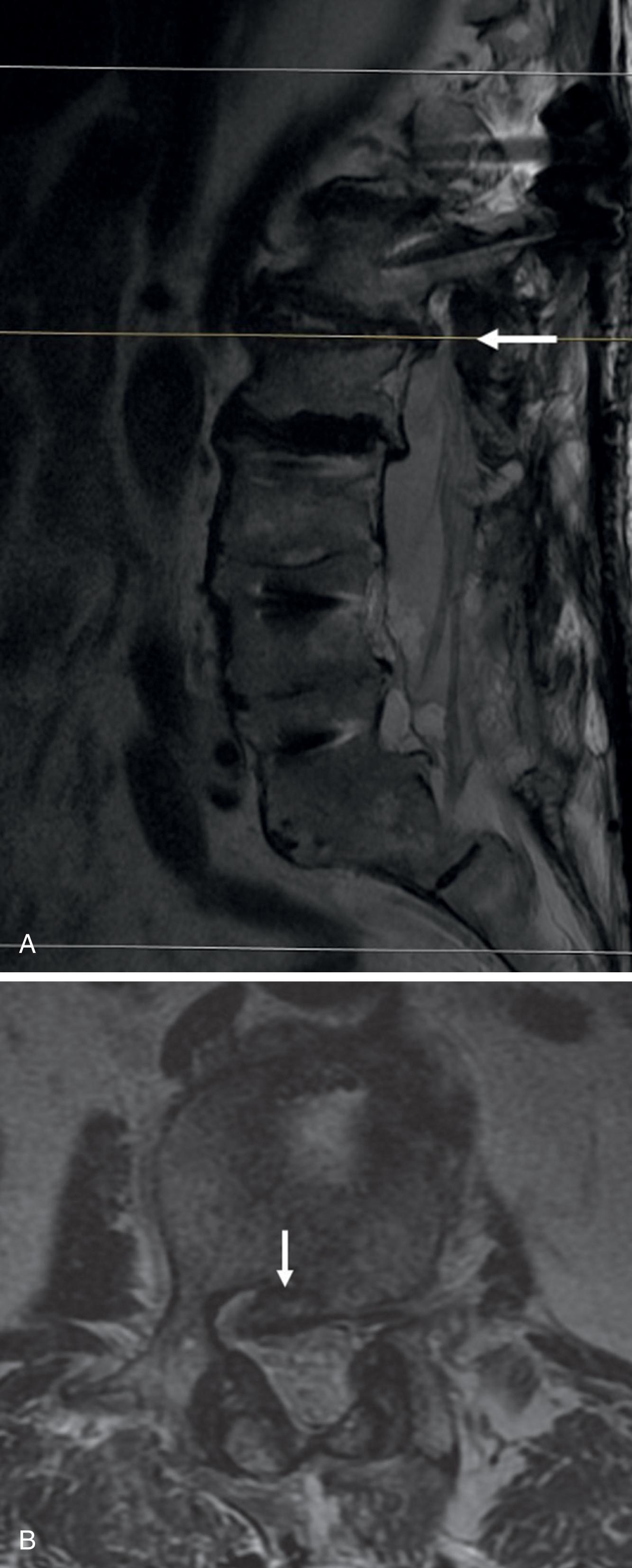Physical Address
304 North Cardinal St.
Dorchester Center, MA 02124
Revision lumbar spine surgery is predominantly associated with several distinct pathological processes resulting from an initial index surgery. For example, in the treatment of disc herniations, residual stenosis and recurrent disc herniations are well described in the literature. There is an estimated 5% to 25% chance of a recurrent disc herniation at the same level following discectomy. In addition, approximately 30% of patients undergoing primary lumbar microdiscectomy surgeries undergo revision lumbar decompression for progressive degenerative pathologies. Furthermore, Heindel et al. found that 38.5% of patients undergoing revision microdiscectomy went on to have lumbar fusion surgery within 4 years of their revision surgery. Because it is estimated that approximately 90,000 Medicare patients undergo primary discectomy surgery annually in the United States and because thousands more undergo primary lumbar decompression for degenerative stenosis, there are a significant number of patients who will require revision surgery based on the natural history alone.
Adjacent segment degeneration, also termed adjacent segment disease (ASD) when clinically symptomatic, most commonly occurs at levels adjacent to a previous lumbar fusion and is also an important factor to consider in revision surgery. Adjacent segment degeneration is seen radiographically in up to 92.2% of patients, and ASD is estimated to occur in 5% to 31% of patients following lumbar fusion surgery, with an increased risk of pathology developing at the thoracolumbar junction or lumbosacral junction. The rate of ASD occurrence doubles approximately every 2 years following spinal fusion, with an approximate incidence of ASD of 1.7% at 2 years postoperatively and increasing to 9% of patients at 8-year follow-up. Furthermore, iatrogenic conditions that develop after fusions include pseudarthrosis and implant failure. These pathologies may occur either early or late after an index intervention. In addition, flatback syndrome represents an iatrogenic condition related to fusing the patient with insufficient lordosis, resulting in either a mismatch of pelvic incidence and lumbar lordosis or in converting a compensated flat back into an uncompensated flatback.
Finally, wound complications are multifactorial and may be seen in patients with poor nutrition or diabetes, which are most common in patients undergoing long-segment fusions or revision surgery. The surgeon must be familiar with these pathological processes resulting from primary interventions. The surgeon should understand that upfront preventative strategies (e.g., medical optimization preoperatively, proper positioning, preoperative planning, appropriate bone “carpentry,” meticulous wound closure) may mitigate some of these conditions.
The majority of patients who undergo lumbar spine surgery for degenerative spinal pathology can be expected to have some progression of disease at adjacent levels over time. Moreover, lumbar fusions have resulted in an increasing pathological entity, adjacent segment pathology (or radiographic evidence of degenerative change at segments rostral or caudal to the index fusion levels), that is related to the index surgery ( Fig. 4.1A,B ). Adjacent segment degeneration may be characterized as the development of new or progressive stenosis, listhesis, or disc space collapse at a level(s) immediately above or below the index levels of fusion, and it may be asymptomatic. Adjacent segment degeneration that becomes clinically symptomatic is defined as ASD. There are multiple proposed risk factors in the development of ASD. One study by Zhong et al. evaluated patients undergoing instrumented fusion for spondylolisthesis and found that concomitant decompression at segments adjacent to the fusion or preexisting spinal stenosis immediately rostral to the fused levels were significant predictors of ASD. It is theorized that the disruption of the most rostral or caudal facet complex during dissection of the posterior elements may lead to iatrogenically induced hypermobility of the unfused segments, resulting in ligamentous hypertrophy and stenosis. It has been proposed that if care is not taken during dissection to preserve the inter- and supraspinous ligaments between levels, there may be weakening of the posterior tension band, resulting in increased motion of the facets at the levels adjacent to the fusion causing ligamentum flavum hypertrophy and further stenosis. Additionally, the disc space adjacent to a fusion may become overloaded by increased mechanical stress, leading to degeneration. Other proposed mechanisms that alter the biomechanics at the adjacent levels include the length of the fusion and stiffness of the construct. Finally, at the most severe end of the spectrum of adjacent segment pathology, proximal junctional failure and kyphosis may occur and may be attributed to alterations in segmental biomechanics at the interface between the rigid instrumented spine and mobile adjacent segments. The indication for revision surgery in the setting of adjacent segment degeneration is symptomatic degenerative changes; such revision should be performed with the understanding that further intervention may continue to accelerate degeneration at the adjacent unfused levels.

Become a Clinical Tree membership for Full access and enjoy Unlimited articles
If you are a member. Log in here